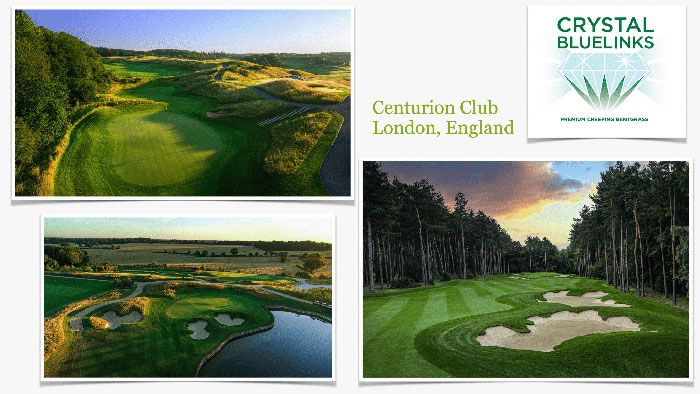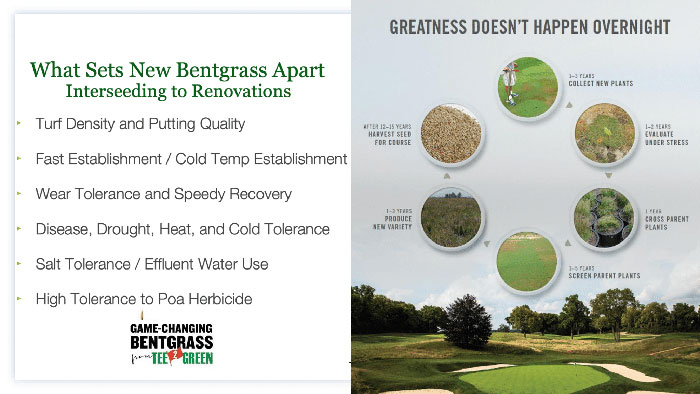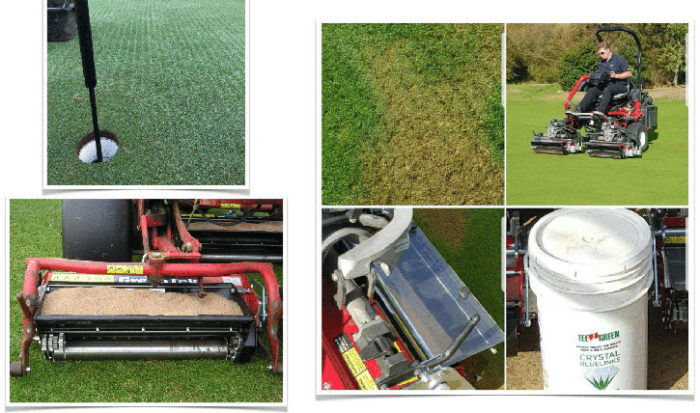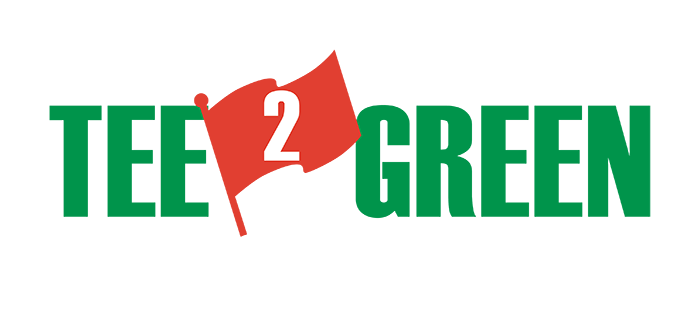Ever changing climatic conditions has affected how we need to manage putting surfaces into the future. Each season we see record heat, floods, winter storms, and other substantial weather events that our older turf cultivars of C3, (cool season), and C4, (warm season), grasses cannot withstand.
Poa annua is one such cultivar that will not stand up to such changes. Over the last 10 years alone, we have seen record widespread winter kill on poa based greens in temperate and subtropical zones of North and South America, along with droughts across cool season areas of the temperate zones of the UK and European countries.
When planning for future applications of fungicide compared to the newer, golf green sward composition, we need to look at which cultivars will help us through these times. Whether it is interseeding or total renovation, the introduction of these cultivars is paramount for a sustainable future.

Let’s take a closer look at poa annua.
A poa putting surface can be bumpy throughout the growing season, unless mown at low heights. This is compounded with seedhead production in spring and is unsightly in appearance. In some cases, mowing or rolling may be required twice a day for desirable putting surface. This is very costly to a budget but is also objectionable to golfers playing that day.
Shallow rooting with onset of summer stress is a major issue. Poa dries out quickly and requires hand watering and monitoring throughout stressful times. During this hand watering, irrigation water will build elevated levels of pH (sodium) and bicarbonates in the root zone that is detrimental to turf health.
With the onset of afternoon heat, light and frequent watering is required to cool down the surface and prevent wilt stress. Golfers will notice that the top 6mm to 12mm will become soft with the watering, leaving the greens pitted with ball marks.
Poa will not tolerate heavy foot traffic or wear from mowers and aeration equipment, thus leading to thin or open turf areas.
Poa requires more applications of fungicide compared to the newer, 5th generation creeping bentgrasses, (such as Pure Distinction, Pure Select and Crystal Bluelinks). This issue is compounded with both their high cost and deregistration in the UK and Europe which adds exponentially to the cost of maintaining poa. Fungicides, labor, irrigation cost and equipment maintenance are all elevated with the species. Fertilizer inputs are also increased with poa.
With everchanging environmental issues, along with everrising chemical costs, time for a change is long overdue.
Time to change our mindset of creeping bentgrasses.
Thousands of hours each year, are dedicated to Tee-2-Green research and development. Turfgrass is transgenerational, meaning with each generation of development, we make bigger and better strides at a sustainable turf. This means our turf will be ready for whatever Mother Nature throws at us.

Advantages of 5th generation creeping bentgrasses are:
- Supersmooth putting surfaces that will impress players of all abilities. Denser canopy, superfine texture and tillering of new cultivars provide a cushion for the ball to roll smoothly across.
- Deeper rooting, more drought, shade and disease tolerant, the creeping bentgrass will withstand the heat and drought stress. Hand watering is reduced, meaning savings in labour and irrigation.
- Creeping bentgrass is a perennial and does not produce a seedhead unless it is left unmown.
- These new creeping bents can withstand traffic, equipment wear and aeration. Recovery is so much faster.
- If it wilts and goes dormant under dry soil conditions, it recovers quickly when moisture is provided.
- High salt tolerance and ability to germinate in elevated pH and high bicarbonates.
- Faster establishment and green up sooner at lower temperatures.
- Superior winter tolerance of all grasses to the cold.
Creeping Bentgrass Advantages over Brown Top, (Colonial), and Velvet.
- Creeping bentgrass has the ability to maintain a dense turf canopy under low mowing heights. This arises from the very short lower internodes. Creeping bentgrass is the superior species in this regard where mowing heights of 4mm or less are required.
- Colonial / brown top is less tolerant to low mowing and tends to eventually form a mottled appearance due to segregation into offtype clones. Colonial bent also has thatch accumulation problems, requiring more frequent topdressing than Tee2Green bentgrasses.
- Velvet is less desirable for use at lower mowing situations due to heavy thatch formation and will result in scalping. This is due to a slower rate of decomposition of root and stolon material.
- Creeping bent has the most vigorous stolon system, hence the most rapid recovery for pitch marks, divots, traffic, and other injury. A major disadvantage when using velvet and brown top is they are slow to spread or recover.

Summary.
A grass species which:
- Has gone through rigorous R&D for approx 15 years.
- Has been used on golf courses for many years in UK & Europe.
- Is THE MOST tolerant to disease, cooler temperatures, shade, and drought.
- Requires less inputs.
- Is naturally deeper rooting.
- Has faster colonization of a sward.
Why wouldn’t you convert?
Continue the conversation on twitter by connecting:
@T2GTurfGuy
@T2GBentgrass




